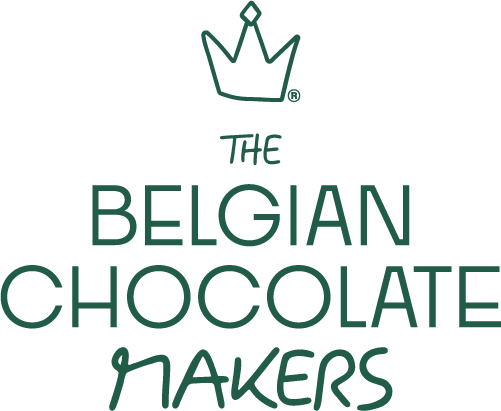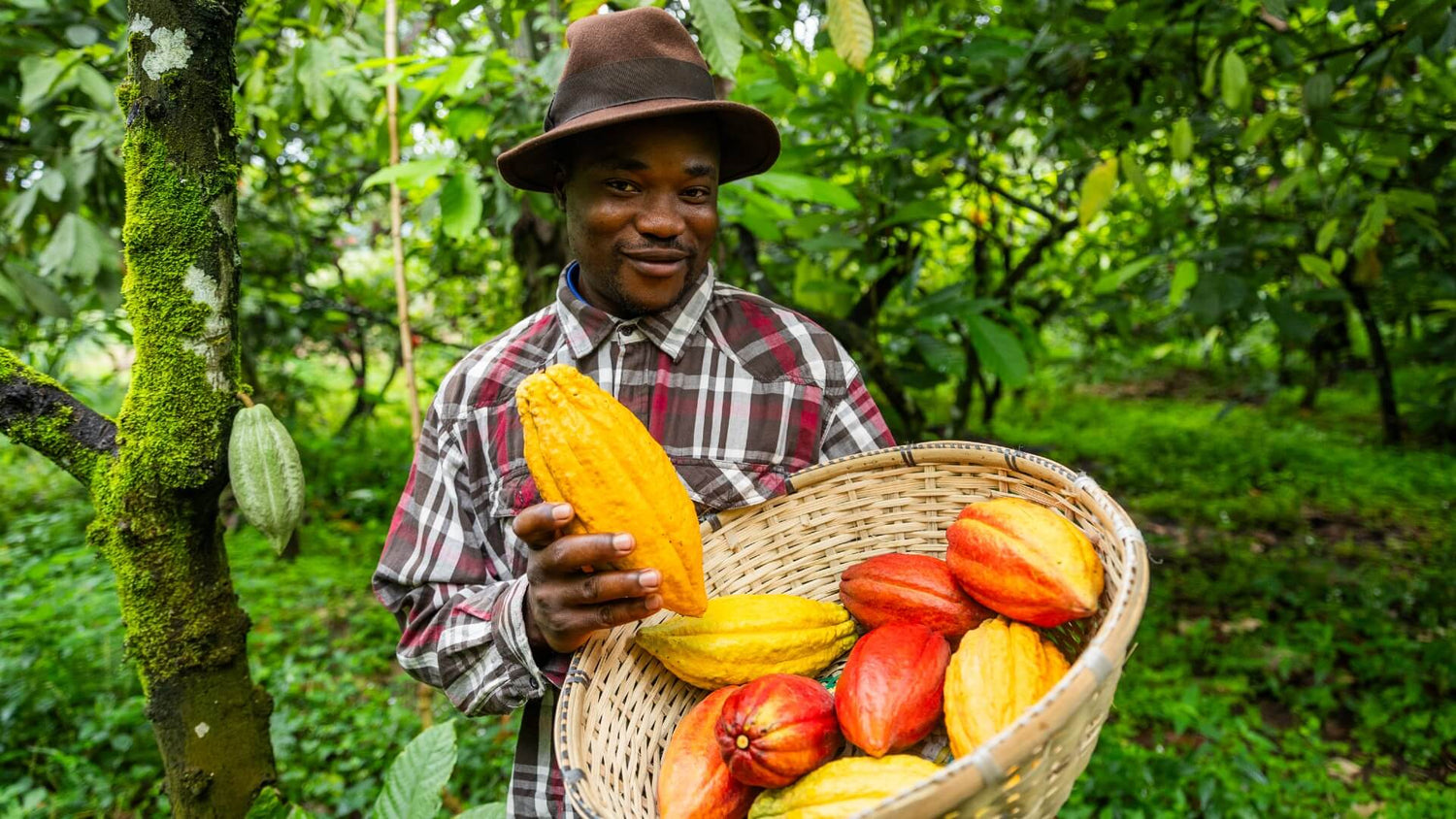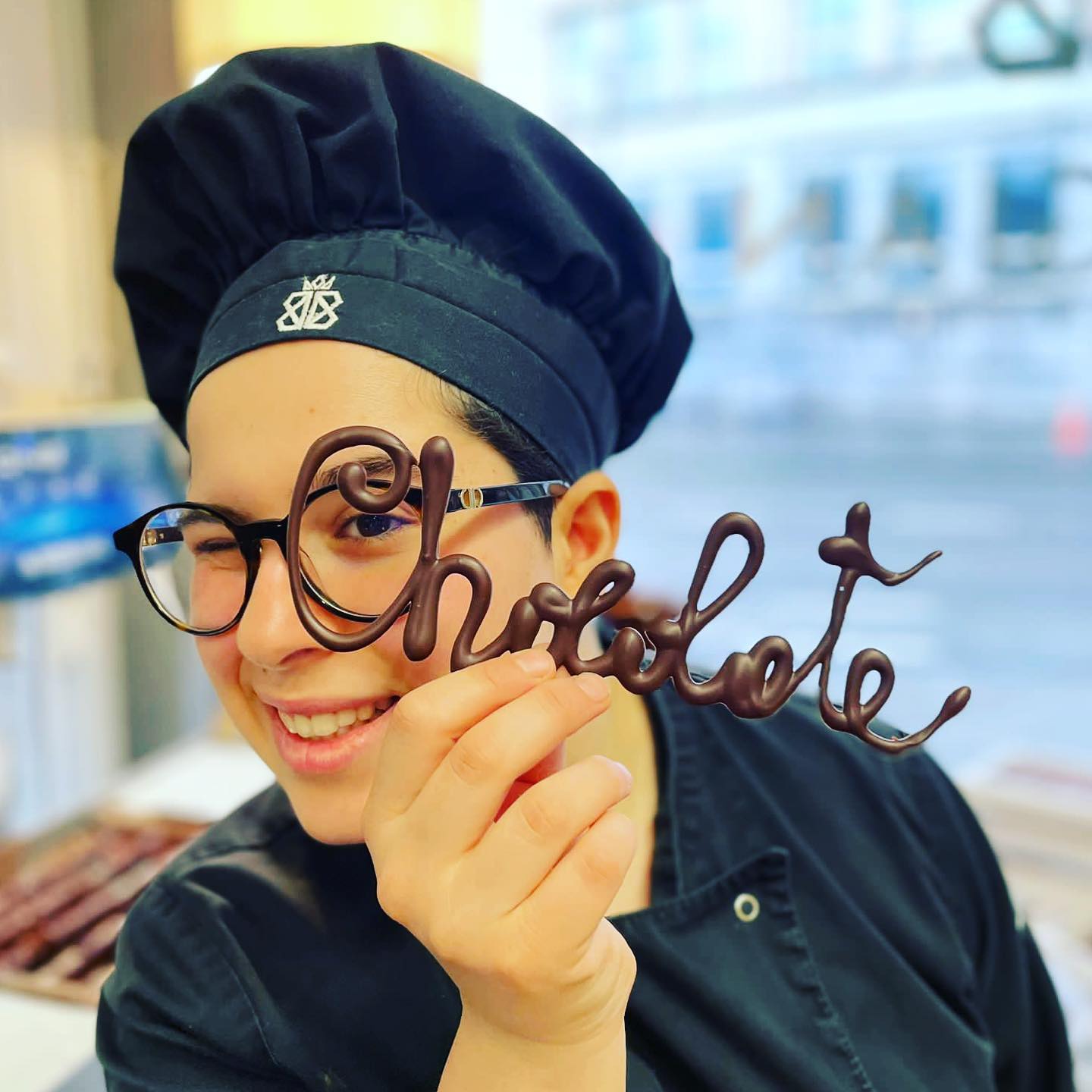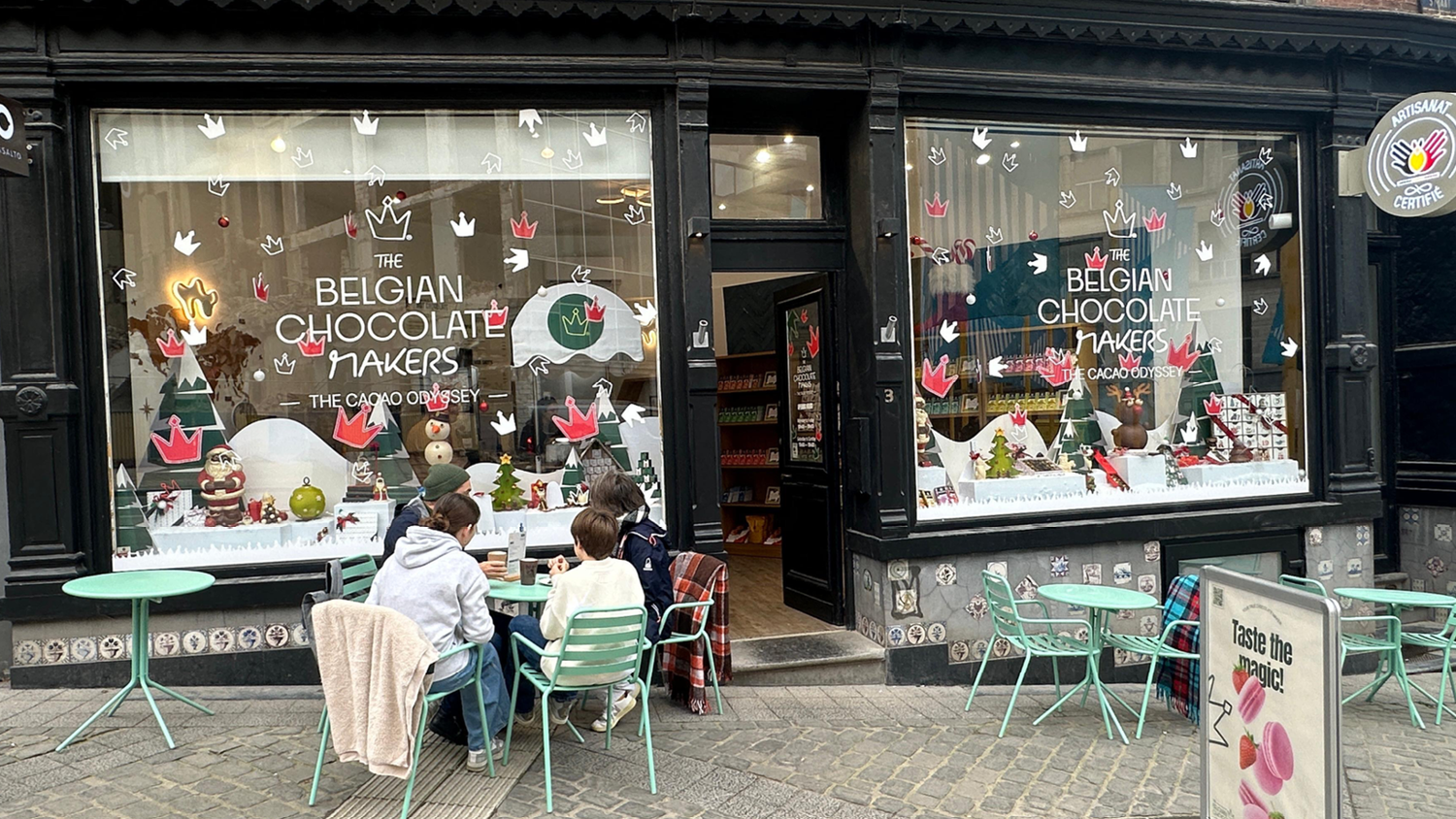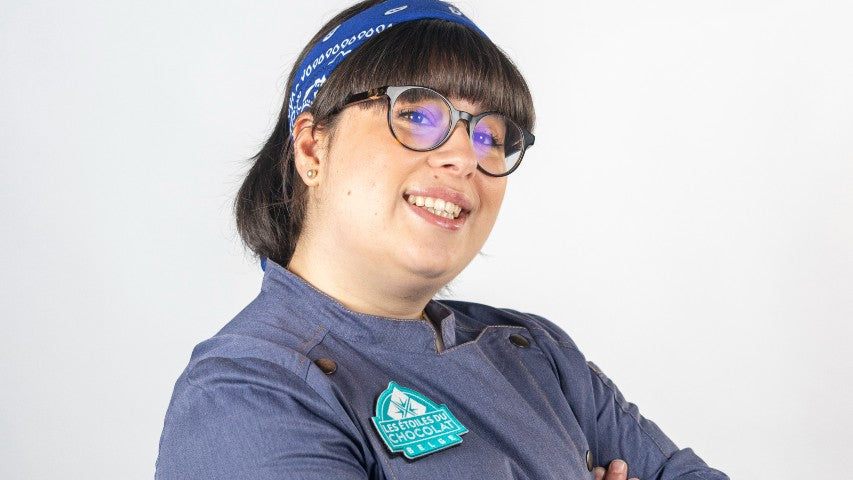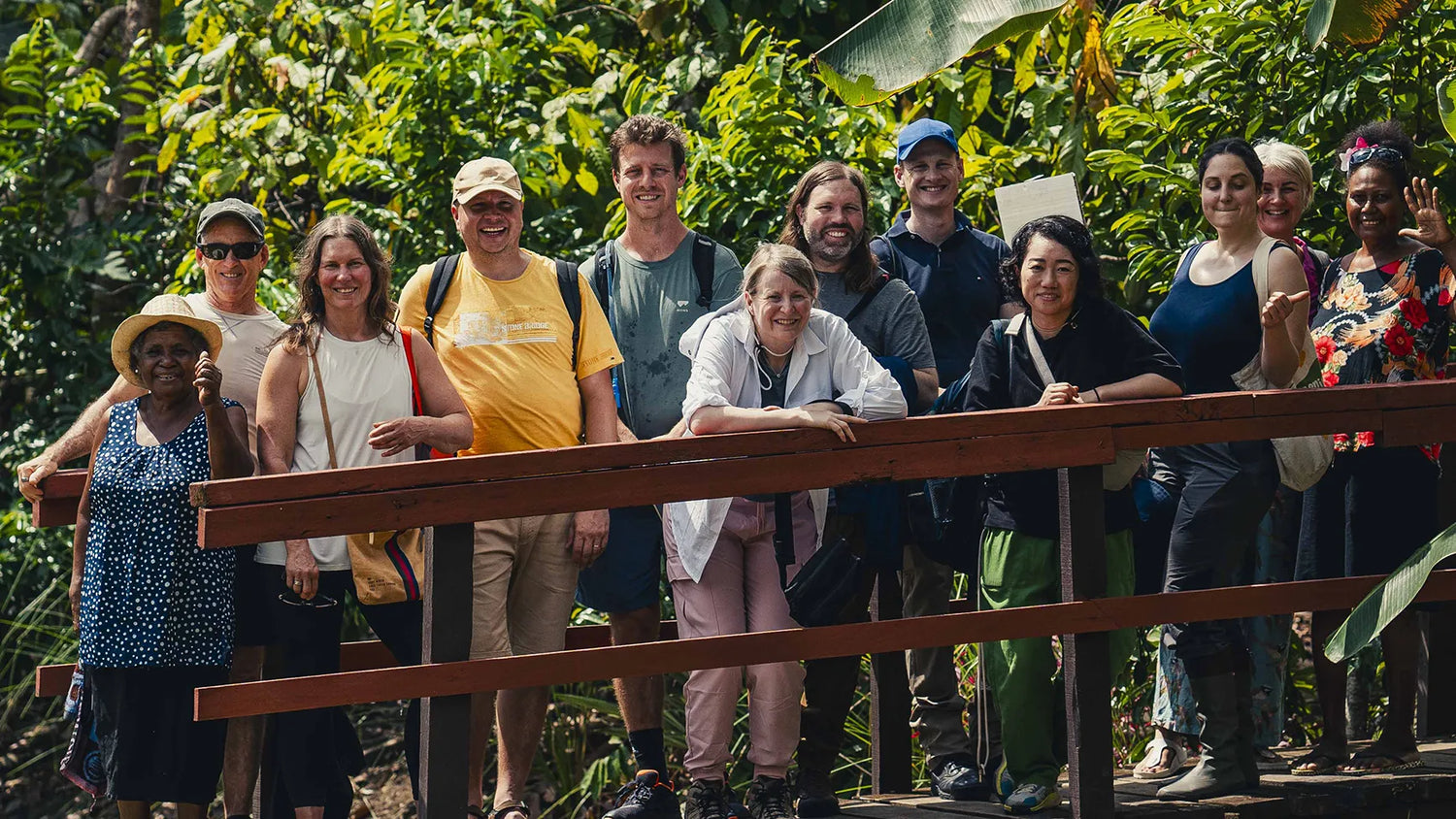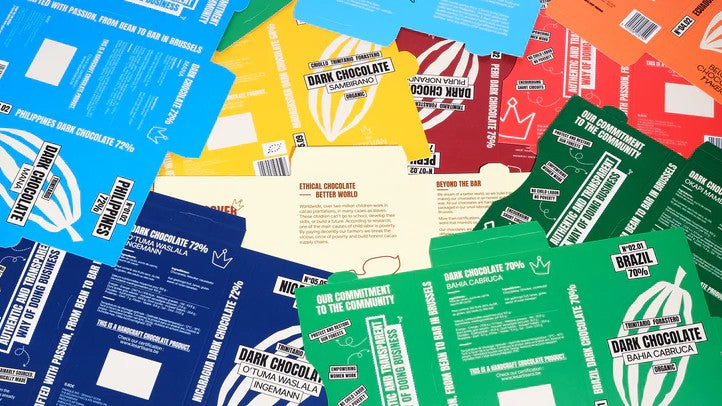EU’s 2025 rulebook: what it means for the future of cacao
Behind the scenes, another story has been unfolding in Brussels. The European Union has been reshaping the rules of the game for anyone who grows, trades, or transforms cacao. The new EU Deforestation Regulation sets a bold line in the sand: cacao entering Europe must not come at the cost of forests. Alongside it, mandatory Due Diligence rules are raising the bar, making every actor along the supply chain responsible for how cacao is sourced and traded. And starting in October 2025, a new chapter opens with the EU’s updated organic legislation, which replaces old patchwork systems with one clear framework for all imports.
Together, these shifts paint a picture of a sector in transformation; one where resilience, transparency, and responsibility are no longer optional, but essential.
Organic cacao in a changing EU landscape: a journey through new rules and realities
Most of this organic cacao comes from smallholder farmers scattered across Latin America, Africa, and Southeast Asia. For generations, their cultivation methods have often aligned naturally with organic principles. Under the EU’s system of “equivalency,” these producers could certify cacao according to their own national standards, so long as they broadly matched European rules. This flexibility allowed diverse farming traditions to feed into Europe’s high-value organic market.
That era is about to close. Starting October 1, 2025, every bag of organic cacao bound for the EU must comply fully with Organic Regulation No. 2018/848. In practice, this means non-EU producers will be held to the same rules as European farmers, covering everything from soil fertility and crop rotation to internal control systems and the legal structure of producer groups. For many origin countries, these requirements diverge sharply from how certification has traditionally been managed.
For cacao, a crop grown almost entirely outside of Europe, the shift is seismic. Producers who once relied on national systems or private certification schemes may now need to overhaul their operations, formalise cooperatives, and invest in new compliance frameworks just to stay in the market. What was once seen as a relatively accessible “value-add” is morphing into a demanding, resource-intensive undertaking. Already, stricter compliance is tightening supply, raising costs, and introducing new risks, impacts that ripple from smallholder communities to craft chocolate makers and retailers across the EU.
This is more than a regulatory update. It is a turning point. The rules of the organic game are changing, and with them, the very shape of the cacao value chain.
